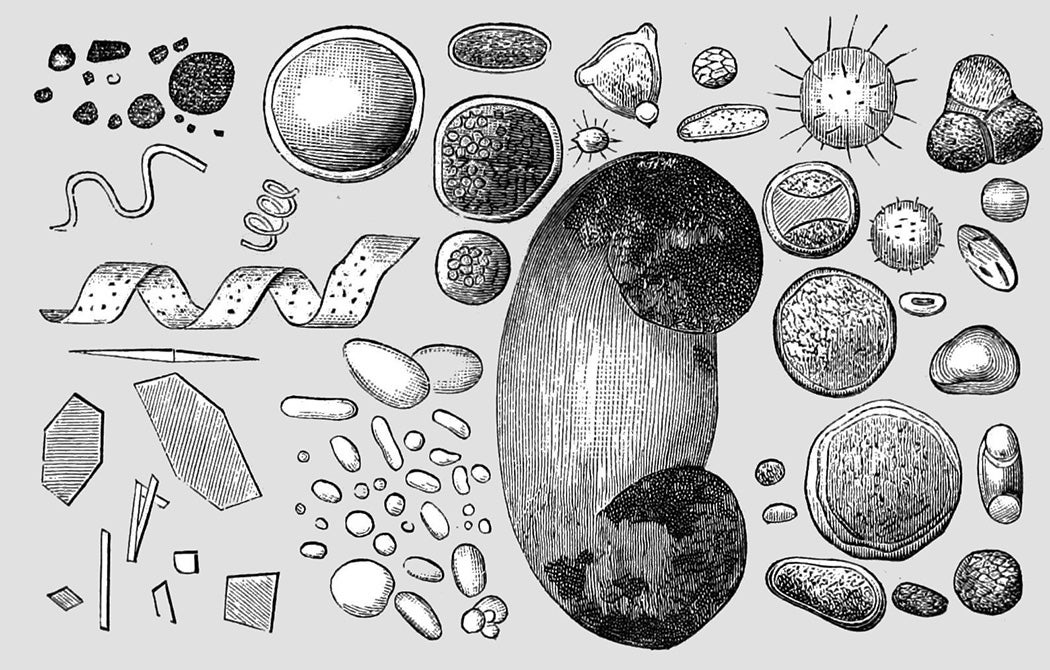Modern crime scene investigations can be high-tech affairs, involving minute clues apparent only to investigators using carefully honed techniques and expensive equipment. Historian Ian Burney explains that this approach to solving mysteries got its start more than a century ago.
Until the late nineteenth century, Burney writes, there really wasn’t any such thing as systematic investigation of a crime scene. In an 1844 guide to forensic medicine, William Guy of King’s College suggested that doctors arriving at the scene of a death to examine the body should also pay attention to the environment surrounding it, but he left the question of how to do this up to the “judgment and foresight” of the individual physician.
The first practical guide to investigating a crime scene was written by Austrian jurist Hans Gross in 1893 and translated into English in 1906. Gross offered instructions to an “investigating officer,” who would lead the effort. To start with, he wrote, secure the perimeter and protect the scene from contamination (including by the officer himself, who would have to fight off the “natural impulse” to “immediately touch any object of apparent significance”).
For Gross, a crucial investigative tool was the microscope, which could be used to examine hair, fibers, blood, and—crucially, in Burney’s telling—dust. Gross described dust as “our environment or surroundings in miniature.” For example, he noted the differences to be found in dust from the desert (made up of earth, sand, and plants), from a ballroom (fibers from dancers’ clothes), and from a smith’s shop (pulverized metal).
Edmond Locard, the French criminologist who founded Europe’s first police laboratory in 1910, took the study of crime-scene dust much further. He credited his interest in this topic to both Gross and Arthur Conan Doyle—noting that Sherlock Holmes “is repeatedly asked to diagnose the origin of a speck of mud, which is nothing but moist dust.” Locard called for investigators to first use photography to capture the distribution of dust in “interesting zones” of the crime scene, and then place it into meticulously labeled packets. This work required a particular set of tools, including a custom-made vacuum.
Weekly Newsletter
Burney writes that Locard drew on the contemporaneous development of scientific techniques in fields like archaeology, where researchers were just beginning the practice of meticulously recording every trivial detail rather than focusing haphazardly on things that appeared interesting. For example, he explained how the sole of a shoe might hold “successive layers” of material, like a layer of flour dust between two of earth, offering evidence concerning the time when the shoe’s owner had walked into a mill.
Just as Locard took inspiration from Sherlock Holmes in developing his techniques, twentieth-century detective fiction presented the new field of crime scene investigators to the public, often in idealized form. Then, like now, there was just something compelling about using clues invisible to the naked eye to solve a mystery.







